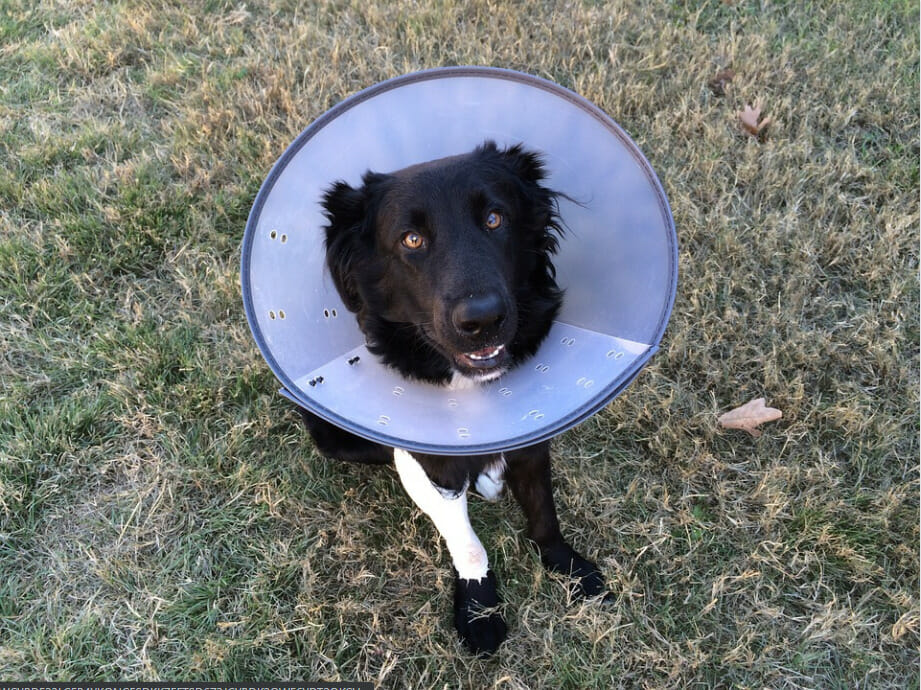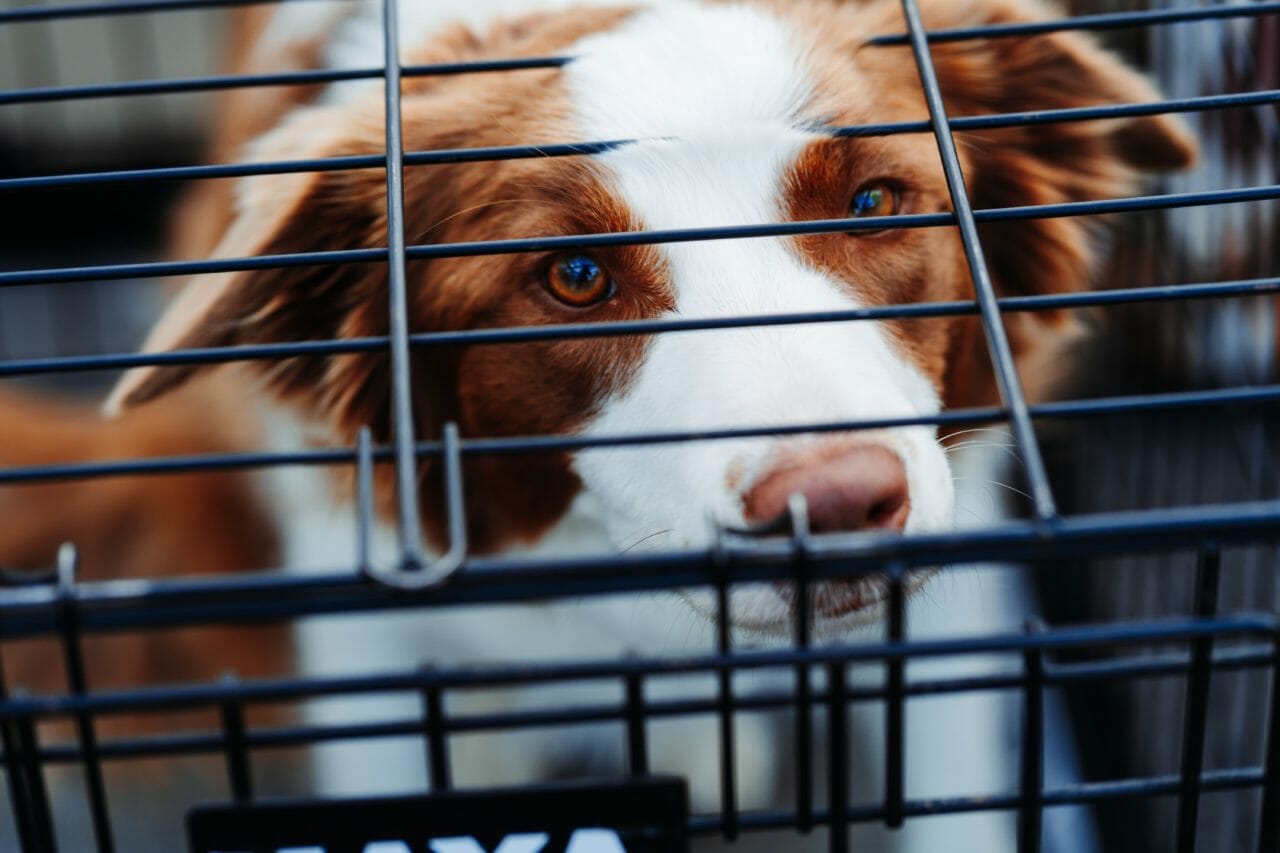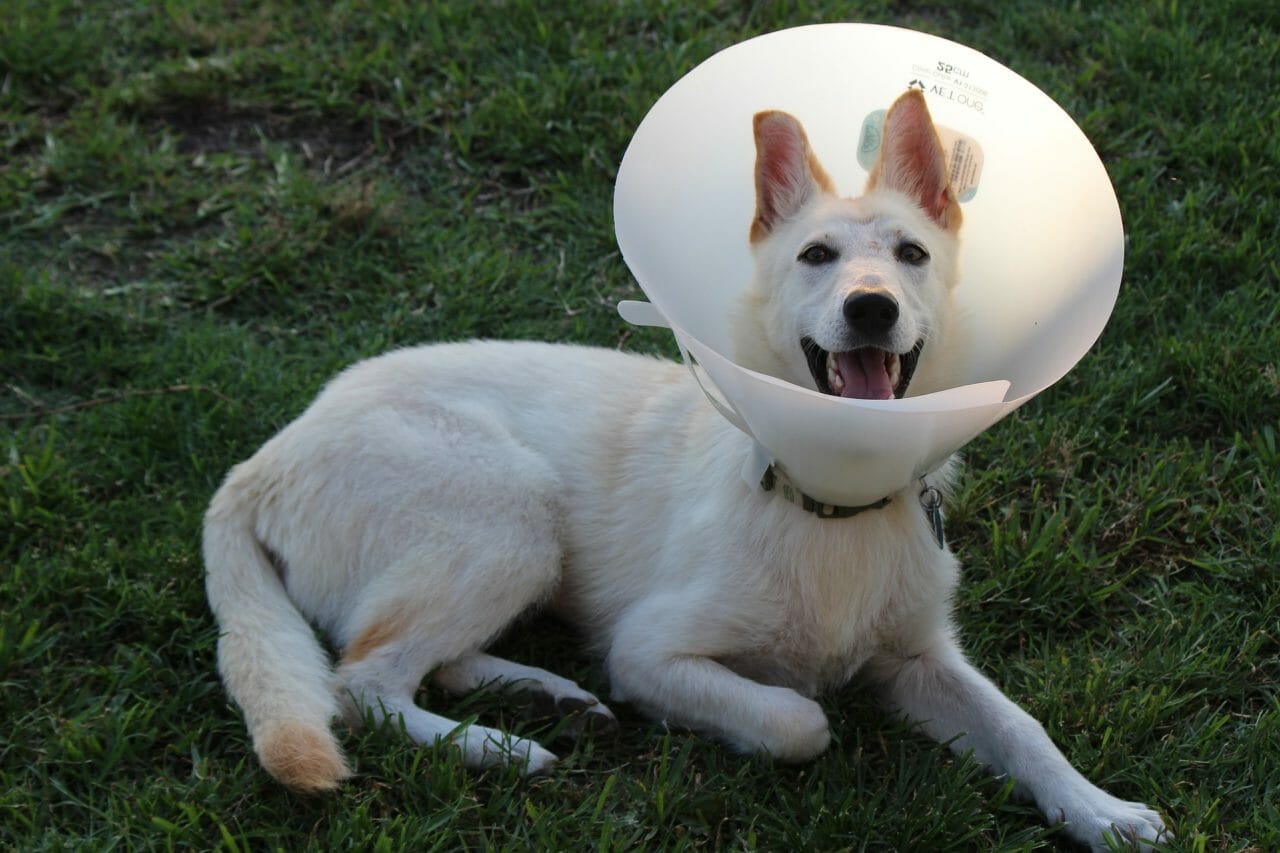Generally speaking, a dog over the age of 8 is considered a senior dog. Depending on the breed, your dog’s lifespan will be anywhere from 7 to 17 years. A dog’s “middle age” is usually from age 4 to 8, anything after that is a bonus and your dog is in “old age” and is considered a senior dog or geriatric dog. Start your dog’s senior years off by having a vet exam once yearly, so that you can keep pace with any condition that might develop. This article is not intended to replace good veterinary care, which is your best insurance that your dog will have a high quality of life to a ripe old age.
The advances in medicine and veterinarian competence have significantly improved the life expectancy of our pets. And this entails a rather new aspect in canine care – how to care for older dogs. Since the life expectancy of dogs is significantly less than humans, the transition from one life stage to another appears rather rapid to humans. You must recognize the signs of your dog getting old so that you can provide them the much-needed extra care as they get into their geriatric years.
As with humans, aging in pets is a gradual process. It entails a gradual deterioration of the body, decrease of sensory perception, and reduction of energy and strength. However, with a few precautionary measures and adjustments, you can keep your dog happy in the last years of its life.
The first signs of aging may appear at different times for different breeds. It also varies from one dog to another. A strong, healthy dog will probably age later than a dog that has suffered from various ailments early in its life. The first sign of aging is a gradual decrease in the activity level, depicting loss of strength and energy. Older dogs tend to sleep longer than usual and depict a loss of excitement for a long stroll or other fun games and activities.
Hearing impairment and a reduced visual acuity are a result of aging. Skin and coat, which once used to be lustrous and shiny, looks pale and rigid in older dogs. Oil producing sebaceous glands are weakened. Non-malignant tumors may appear under the skin, which are noticed when you rub your hand through your dog’s skin. The organs in older dogs lose their efficiency and the immune system is unable to ward off bacteria and viruses.
Although aging is an inevitable process, dog owners can delay its deteriorating effects through discreet canine geriatric care. Periodic visits to the veterinarian and administration of vaccines can help prevent common diseases. Annual checkups for intestinal parasites need be done. A nutritious diet is essential at all stages of a dog’s life. Therefore, you must purchase the best dog food available and appropriate for your senior dog.
Best tips for caring for your geriatric dog
1. Maintain an optimum weight
All through life keep your dog at its optimum weight and do not allow it to become overweight. Obesity is one of the biggest causes of other major health concerns in the dog, such as kidney and liver malfunction, diabetes, and arthritis. Don’t give too many treats – this will add pounds! If you do treat your dog a lot, give it pieces of its own kibble and deduct that amount from the amount you feed. Do not “self-feed”, this can lead to digestive problems. Feed twice daily or once daily and pick the food up that is not eaten. This is also the best way to regulate the amount you are feeding your dog.
2. Exercise with your geriatric dog

Exercise is a must for dogs. Dogs with a protruding belly are more likely to fall ill and suffer the consequences of aging much earlier than a slim and active dog. Therefore, take your dog for a casual stroll and make it do a few exercises. This would help it stay agile and in shape even in the later years of its life.
Walk your older dog as much as possible. Even if it doesn’t walk too well, a short walk daily will keep its circulation going and provide some stimulation from the environment, besides which it gives the dog some quality time to be with you. Walking stimulates the blood circulation and keeps the heart muscles stronger.
3. Buy or make quality food
A nutritious diet is essential at all stages of a dog’s life. Therefore, you must purchase the best dog food available and appropriate for your senior dog. Old dogs sometimes lose their teeth – you can ensure they eat their food by adding water to the kibble and pre-soaking it or buy providing them softer, easier to eat food. Remember however that this will lead to more plaque on the teeth and brushing your dog’s teeth periodically will help to take care of this problem.
4. Fresh Water
Access to fresh water is necessary. Always be sure that your dog has plenty of fresh water available, and as it gets older make sure, too, that your dog can get up and get to the water. If not, then take the water to the dog!
5. Watch for arthritis in geriatric dogs
Old dogs, even if they have had perfect joints often develop arthritis. Arthritis will be compounded by obesity… the BEST way to prevent this condition is to keep your dog skinny! A good way to prevent the severity of arthritis is to feed a food that is labelled “Senior” as most of these foods have the right combination of nutrients to prevent obesity, including chondroitin and sulfate. You can also find supplements which will contain these beneficial elements.
6. Shelter and comfort your dog

Old dogs do not move as easily. They may not be able to get up and move to a shady place if they are outdoors in the hot sun, and likewise to a warm place if they are outdoors in the cold. The best place to keep your old dog is inside. If you can’t do this, provide appropriate shelter and be sure to check in extreme weather conditions that your dog is protected from the elements or can get to protection. Wherever they are, the older dog suffers more from joint pain, and good bedding is important to provide comfort. Keep a good supply of old quilts and rugs for bedding and wash these frequently to prevent flea infestation.
7. Beware of obstacles
Old dogs generally do not see as well so make sure that you don’t introduce new or dangerous obstacles into the environment where your dog generally moves. If you do, then be sure to introduce your dog to this new element so they understand the changes to their environment. Sometimes your old dog can’t see this new item and will stumble into it.
8. Grooming your senior dog
Old dogs also need extra coat care. Since they spend most of their time lying down, it is possible that the underbelly can get inflamed or a matted coat. Check often that your dog is clean and free from mats. If your senior dog no longer wants to be brushed, and this is often true of longer coated dogs, then shave the parts of the body that become the most matted, (under the tail, the belly, under the elbows, etc.).
As your dog grows older, the best rule of thumb is to pay attention to details. Such things as irregular breathing, episodes of panting, episodes of crying or whining, weakness in the rear legs…all these things should be reported to your vet. Keep abreast of any changes and give your dog as much good home care and vet care as you can, and they will live longer and remain happier.



